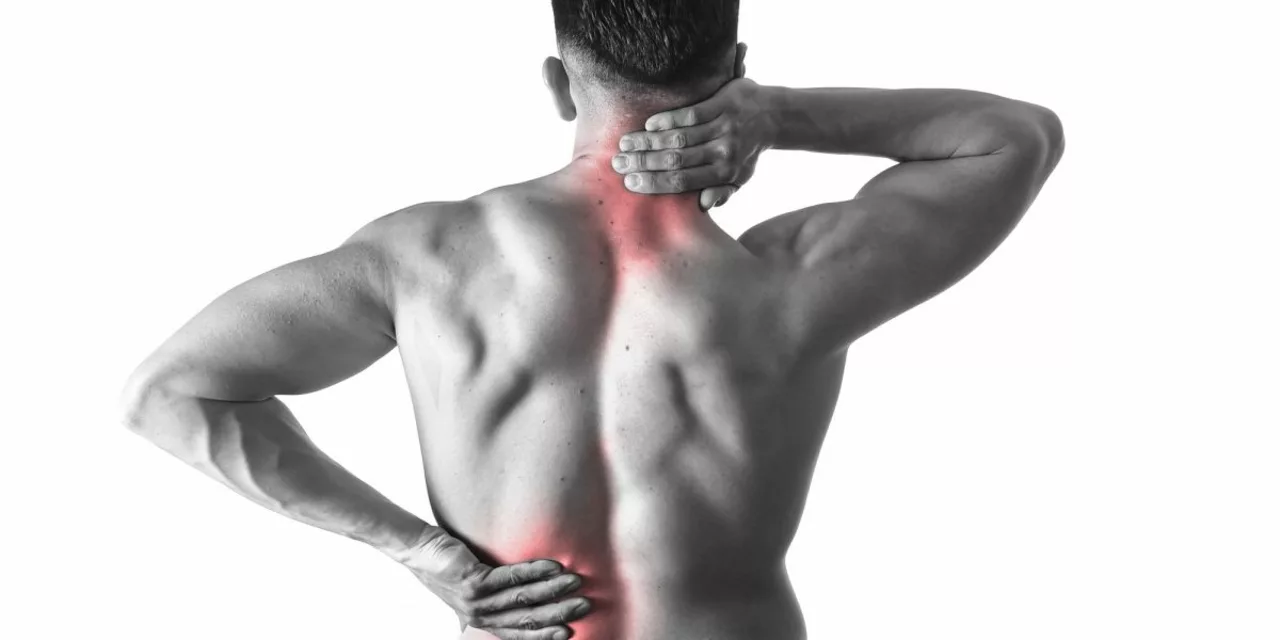Chest Pain: What It Means and What to Do
Chest pain can be anything from a pulled muscle to a heart attack. That makes it scary — but thinking clearly helps. This page gives simple, practical steps you can use right away, plus clear signs that you need emergency care.
When to call emergency services now
Call 911 (or your local emergency number) if the pain is sudden, severe, or comes with any of these: pressure or tightness in the middle of the chest; pain spreading to the arm, jaw, neck or back; shortness of breath; sweating, nausea, fainting, or an odd sense of doom. If the pain started during activity and won’t go away at rest, treat it as an emergency.
Some people—especially women, older adults, and people with diabetes—get atypical symptoms like fatigue, indigestion, or jaw pain instead of classic chest tightness. When in doubt, get checked.
Common causes and simple first steps you can take
Chest pain falls into a few common groups. Picking which one fits helps you act smart:
- Heart-related: Angina or heart attack feels like pressure, squeezing, or heavy discomfort. It may come with short breath or sweating.
- Lung-related: Pulmonary embolism (blood clot), pneumonia, or collapsed lung cause sharp pain and usually shortness of breath.
- Stomach and reflux: Acid reflux can burn or ache in the chest, often after eating or when lying down.
- Muscle and bone: Costochondritis or a pulled chest muscle causes pain with movement or palpation.
- Anxiety and panic: Can produce tightness, fast heartbeat, and tingling. It’s real, but must be distinguished from dangerous causes.
If you suspect a heart problem: stop activity, sit down, loosen tight clothing, and ask someone to call emergency services. If advised by emergency dispatch and you are not allergic, chew one regular-strength aspirin (325 mg) while waiting—this can help during a heart attack. Do NOT drive yourself if you think you’re having a heart attack.
For milder, non-urgent pain: try antacids if you think reflux caused it, use heat or gentle stretching for muscle pain, and avoid heavy lifting until you know the cause. Track when the pain started, what you were doing, how long it lasts, and any related symptoms—doctors will ask.
At the clinic or ER, expect an exam plus tests: an ECG, blood tests for heart markers (troponin), chest X-ray, and sometimes CT scans or stress testing. If reflux is suspected, your doctor may try proton pump inhibitors or order an endoscopy. Treatment depends on the cause, from simple antacids to urgent procedures or blood thinners in the hospital.
Don’t ignore repeated chest pain, even if previous tests were normal. Get evaluated, keep a list of your medicines and health conditions, and follow up with your primary care doctor or a cardiologist when recommended.
The Impact of Exercise on Chest Pain: Is It Good or Bad?
As a fitness enthusiast, I've been curious about the impact of exercise on chest pain. After doing some research, I've found that exercise can actually help alleviate chest pain caused by angina or heart-related issues, as it improves blood flow and oxygen supply to the heart. However, it's important to consult with a doctor before starting any exercise regimen, especially if you have a history of chest pain. It's also crucial to listen to your body and stop immediately if you experience discomfort or pain while exercising. Overall, exercise can be beneficial for chest pain, but it's essential to choose the right type and intensity of exercise for your specific condition.
View More
